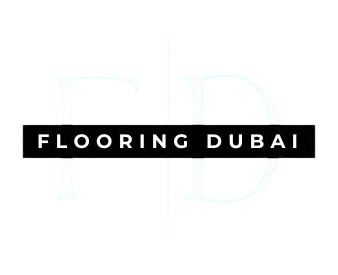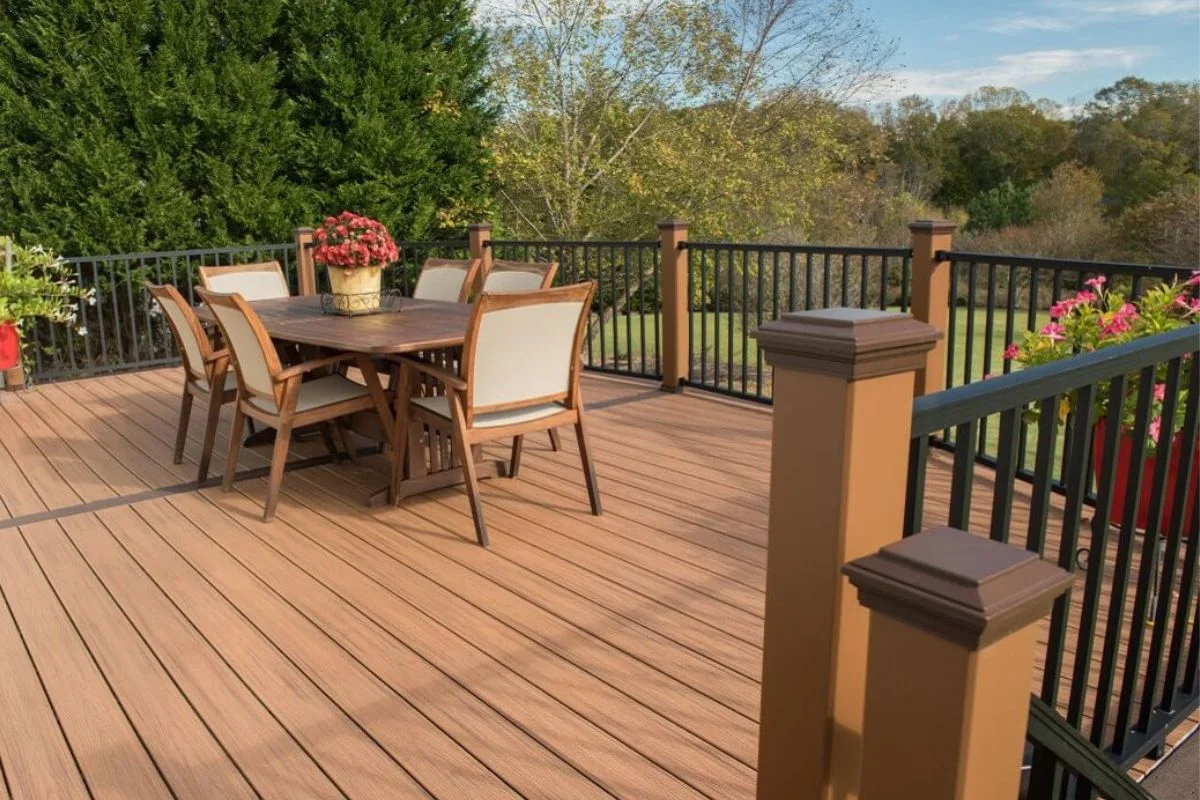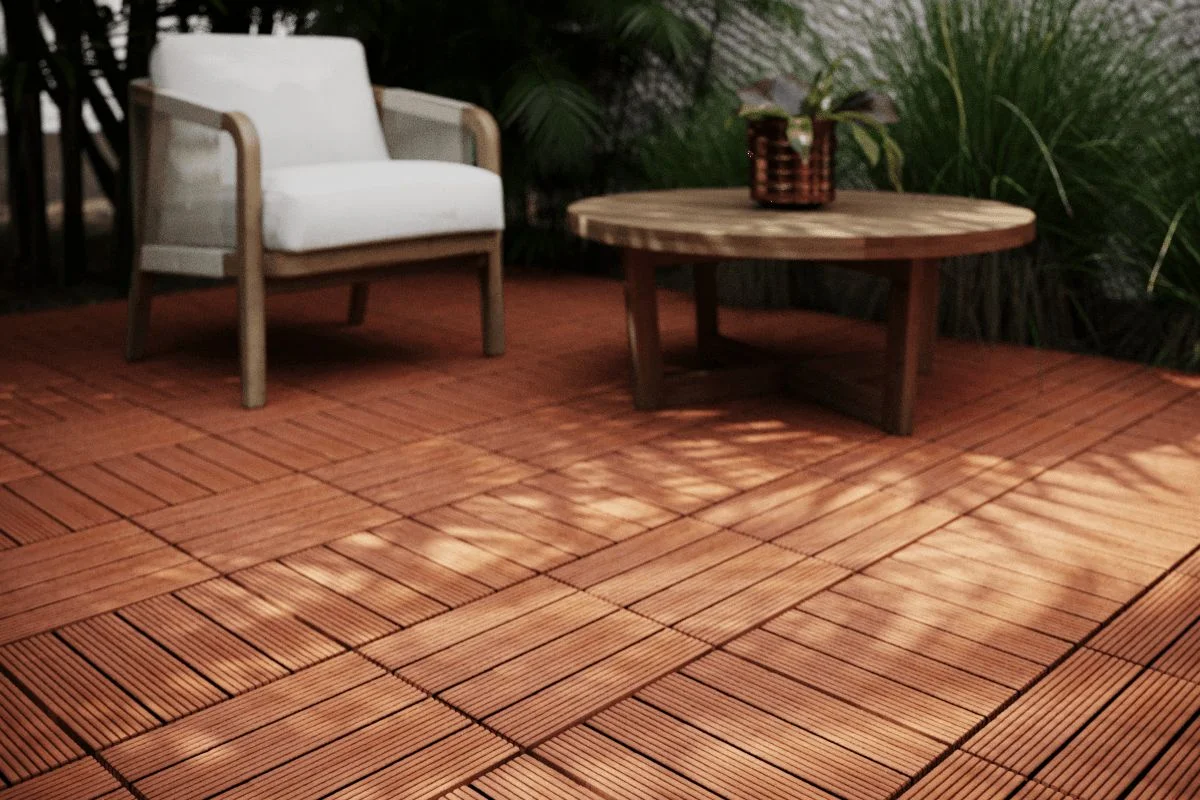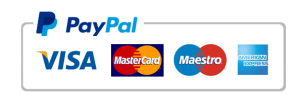Blog
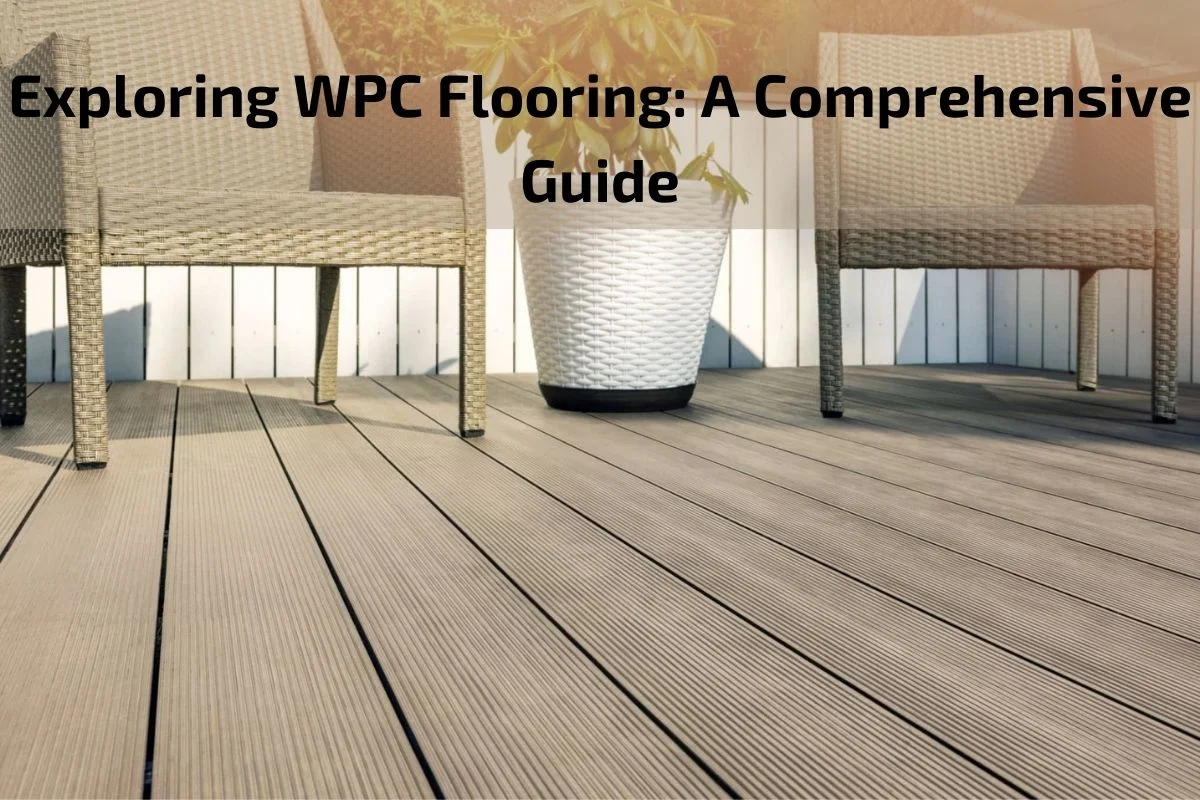 Welcome to “Exploring WPC Flooring: A Comprehensive Guide.” In the realm of modern flooring solutions, WPC (Wood Plastic Composite) flooring stands out as a versatile and innovative option that has gained significant popularity in recent years. Whether you’re embarking on a home renovation project or seeking the perfect flooring solution for a commercial space, understanding the intricacies of WPC flooring is essential.
In this comprehensive guide, we delve into the world of WPC flooring, exploring its definition, features, benefits, installation techniques, maintenance tips, design trends, and environmental considerations. From its unique composition to its wide range of design options, WPC flooring offers a myriad of possibilities for creating stylish and functional spaces.
Welcome to “Exploring WPC Flooring: A Comprehensive Guide.” In the realm of modern flooring solutions, WPC (Wood Plastic Composite) flooring stands out as a versatile and innovative option that has gained significant popularity in recent years. Whether you’re embarking on a home renovation project or seeking the perfect flooring solution for a commercial space, understanding the intricacies of WPC flooring is essential.
In this comprehensive guide, we delve into the world of WPC flooring, exploring its definition, features, benefits, installation techniques, maintenance tips, design trends, and environmental considerations. From its unique composition to its wide range of design options, WPC flooring offers a myriad of possibilities for creating stylish and functional spaces.
Definition and Composition of WPC (Wood Plastic Composite) Flooring:
WPC flooring is a type of engineered flooring material that combines wood fibers or wood flour with thermoplastic polymers to create a composite material that offers the best of both worlds: the natural look and feel of wood with the durability and versatility of plastic. Composition: Wood Fiber: WPC flooring typically contains a high percentage of wood fibers or wood flour derived from hardwood or softwood sources. These wood fibers contribute to the natural appearance and texture of the flooring, mimicking the look of authentic wood. Thermoplastic Polymers: The wood fibers are combined with thermoplastic polymers such as polyethylene, polypropylene, or polyvinyl chloride (PVC). These polymers act as a binding agent, holding the wood fibers together and providing stability and strength to the composite material. Additives and Stabilizers: WPC flooring may also contain additives and stabilizers to enhance its performance and durability. These additives may include UV stabilizers to prevent fading from sunlight exposure, antimicrobial agents to resist mold and mildew growth, and colorants to achieve desired hues and shades. Foaming Agents: Some WPC flooring products incorporate foaming agents to create air pockets within the composite material, resulting in a lighter and more resilient flooring product. Key Features: Natural Appearance: WPC flooring captures the natural beauty and warmth of wood, with a realistic wood grain texture and authentic color variations that closely resemble traditional hardwood flooring. Durability: WPC flooring is highly durable and resistant to scratches, stains, and dents, making it suitable for high-traffic areas in both residential and commercial settings. Water Resistance: Unlike traditional hardwood flooring, WPC flooring is water-resistant and suitable for installation in moisture-prone areas such as kitchens, bathrooms, and basements. It can withstand spills, moisture, and humidity without warping, swelling, or deteriorating. Stability: The combination of wood fibers and thermoplastic polymers results in a stable and dimensionally consistent flooring material that resists expansion and contraction due to changes in temperature and humidity. Easy Installation: WPC flooring is designed for easy installation, with options for glue-down, click-lock, or loose lay installation methods. It can be installed over most existing subfloors, including concrete, plywood, and existing flooring materialsImportance of WPC Flooring in interior design
The importance of WPC (Wood Plastic Composite) flooring in interior design cannot be overstated, as it offers a multitude of benefits that contribute to the overall aesthetics, functionality, and ambiance of a space. Here are several key reasons why WPC flooring holds significant importance in interior design:
Versatility: WPC flooring comes in a wide variety of designs, colors, patterns, and textures, allowing for endless possibilities in interior design. Whether you prefer the rustic charm of hardwood, the sleek elegance of stone, or the contemporary appeal of geometric patterns, WPC flooring can be customized to suit diverse design preferences and styles.
Aesthetic Appeal: WPC flooring replicates the natural look and feel of authentic materials such as hardwood, stone, or ceramic tile, with remarkable precision. It offers the warmth, texture, and visual appeal of natural materials without the maintenance or cost associated with them, making it a highly desirable option for homeowners and designers alike.
Durability and Resilience: WPC flooring is renowned for its durability and resilience, making it an ideal choice for high-traffic areas in both residential and commercial settings. It can withstand the rigors of daily use, including foot traffic, spills, scratches, and stains, without losing its integrity or beauty over time.
Water Resistance: Many WPC flooring products are water-resistant or waterproof, making them suitable for installation in moisture-prone areas such as kitchens, bathrooms, and basements. Unlike natural materials like hardwood or stone, WPC flooring does not warp, swell, or degrade when exposed to moisture, ensuring long-lasting performance and peace of mind for homeowners.
Ease of Installation: WPC flooring is designed for easy installation, with options for glue-down, click-lock, or loose lay installation methods. It can be installed over most existing subfloors, including concrete, plywood, and existing flooring materials, saving time and labor costs during renovation or remodeling projects.
Low Maintenance: WPC flooring requires minimal maintenance and upkeep, with routine sweeping, vacuuming, and occasional mopping sufficient to keep it clean and looking its best. Unlike some other flooring materials, WPC flooring does not require sealing, waxing, or polishing, making it a hassle-free option for busy homeowners.
Comfort and Insulation: WPC flooring provides a comfortable and cushioned surface to walk on, offering warmth and insulation against cold temperatures. Its soft underfoot feel enhances comfort and reduces noise levels, creating a more inviting and comfortable living environment.
Advantages and Disadvantages of WPC Flooring
Advantages of WPC Flooring:
Durability: WPC flooring is highly durable and resilient, able to withstand heavy foot traffic, scratches, stains, and impacts without losing its structural integrity or aesthetic appeal.
Water Resistance: Many WPC flooring products are water-resistant or waterproof, making them ideal for installation in moisture-prone areas such as kitchens, bathrooms, and basements. They are resistant to water damage, warping, and swelling, making them suitable for high-moisture environments.
Aesthetic Appeal: WPC flooring offers a wide range of designs, colors, and textures that mimic the look and feel of natural materials such as hardwood, stone, or ceramic tile. It provides the beauty and elegance of natural materials without the maintenance or cost associated with them.
Comfort Underfoot: WPC flooring provides a comfortable and cushioned surface to walk on, offering warmth and insulation against cold temperatures. Its soft underfoot feel enhances comfort and reduces noise levels, creating a more inviting and comfortable living environment.
Ease of Installation: WPC flooring is designed for easy installation, with options for glue-down, click-lock, or loose lay installation methods. It can be installed over most existing subfloors, including concrete, plywood, and existing flooring materials, saving time and labor costs during renovation or remodeling projects.
Low Maintenance: WPC flooring requires minimal maintenance and upkeep, with routine sweeping, vacuuming, and occasional mopping sufficient to keep it clean and looking its best. Unlike some other flooring materials, WPC flooring does not require sealing, waxing, or polishing, making it a hassle-free option for busy homeowners.
Disadvantages of WPC Flooring:
Cost: While WPC flooring offers numerous benefits, it can be more expensive than some other types of flooring materials such as vinyl or laminate. The initial cost of WPC flooring may be higher, but its long-term durability and low maintenance requirements can offset this expense over time.
Environmental Concerns: Some WPC flooring products contain PVC (polyvinyl chloride), which raises environmental concerns due to its manufacturing process and potential for harmful emissions. However, there are eco-friendly options available that use recycled materials and have lower environmental impact.
Vulnerability to Heat: WPC flooring may be susceptible to heat damage from direct sunlight or radiant heating systems. Prolonged exposure to heat can cause the flooring to expand, contract, or fade over time, necessitating proper precautions and maintenance to mitigate these risks.
Limited Repair Options: In the event of damage or wear, repairing WPC flooring may be more challenging compared to some other flooring materials such as hardwood. While individual planks or tiles can be replaced, matching the existing flooring may be difficult, especially if the product has been discontinued or the color has faded over time.
Types of WPC Flooring
Types of WPC (Wood Plastic Composite) Flooring:
Luxury Vinyl Plank (LVP):- Luxury vinyl plank flooring is one of the most popular types of WPC flooring.
- It features long, narrow planks that mimic the look and texture of hardwood flooring.
- LVP is available in a wide range of colors, wood grain patterns, and surface textures, offering versatility and customization options.
- Luxury vinyl tile flooring replicates the look and feel of natural stone or ceramic tile.
- It features square or rectangular tiles with realistic patterns and textures that closely resemble authentic tile flooring.
- LVT flooring offers durability, water resistance, and easy maintenance, making it suitable for various applications.
- Rigid core WPC flooring features a solid, rigid core layer that provides enhanced stability and durability.
- It offers superior dimensional stability, resisting expansion and contraction due to changes in temperature and humidity.
- Rigid core WPC flooring is suitable for high-traffic areas and commercial applications where durability and performance are paramount.
- WPC hybrid flooring combines the benefits of WPC and laminate flooring, offering a hybrid solution that is both durable and stylish.
- It features a waterproof core with a laminate layer on top that mimics the look of natural materials such as wood or stone.
- WPC hybrid flooring is scratch-resistant, water-resistant, and easy to install, making it an ideal choice for residential and commercial spaces.
- Loose lay WPC flooring does not require adhesive or locking mechanisms to secure the planks to the subfloor.
- Instead, the weight and friction of the flooring itself hold it in place, allowing for easy installation and removal.
- Loose lay WPC flooring is versatile and can be installed over most existing subfloors, making it a convenient option for renovation projects.
- Click-lock WPC flooring features interlocking edges that snap together, providing a secure and seamless installation.
- It offers easy installation without the need for adhesive, making it suitable for DIY projects and quick renovations.
- Click-lock WPC flooring is available in various plank sizes, colors, and styles, allowing for customization and design flexibility.
Maintenance and Care Tips for WPC Flooring
Maintenance and Care Tips for WPC (Wood Plastic Composite) Flooring:
Regular Cleaning Routine:
- Sweep or vacuum the WPC flooring regularly to remove dirt, dust, and debris that can scratch the surface.
- Use a soft-bristled broom or vacuum with a hard floor attachment to avoid scratching the flooring.
- Use a pH-neutral cleaner diluted in water for routine cleaning.
- Avoid using abrasive cleaners, bleach, ammonia, or wax-based products, as they can damage the WPC flooring surface.
- Clean up spills and stains promptly to prevent them from seeping into the flooring and causing discoloration or damage.
- Use a damp cloth or mop with mild detergent to gently clean the affected area, then dry thoroughly.
- Place furniture pads or felt protectors under heavy furniture legs to prevent scratching or indentations on the WPC flooring surface.
- Lift furniture when moving it across the floor to avoid dragging and scratching.
- Place mats or rugs at entryways and high-traffic areas to trap dirt, grit, and moisture before it reaches the WPC flooring.
- Use mats or rugs under pet food and water bowls to prevent spills and stains.
- Avoid walking on WPC flooring with high heels or shoes with sharp edges that can scratch or damage the surface.
- Use caution when moving heavy objects or furniture across the floor to avoid causing dents or scratches.
- Periodically clean the WPC flooring with a damp mop or microfiber cloth to remove stubborn dirt and stains.
- Avoid using excessive water or leaving excess moisture on the floor during cleaning.
- Avoid using steam cleaners or steam mops on WPC flooring, as the high heat and moisture can damage the flooring and void warranties.
- Refer to the manufacturer’s guidelines and recommendations for specific care and maintenance instructions for your WPC flooring product.
- Follow any warranty requirements to ensure proper maintenance and care of the flooring.
Conclusion
In conclusion, proper maintenance and care are essential for preserving the beauty, durability, and longevity of WPC (Wood Plastic Composite) flooring. By following the recommended guidelines outlined above, you can ensure that your WPC flooring remains in optimal condition, providing a stylish and functional foundation for your living or working environment.
